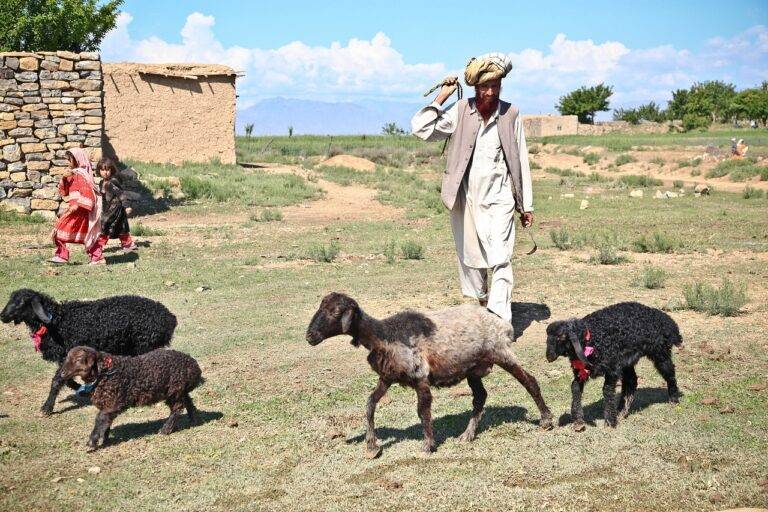Urban Wildlife Encounters: Finding Nature in City Lifestyles
One might not immediately associate urban landscapes with tranquil beauty, but city parks serve as oases amidst the concrete jungle. With their lush greenery and vibrant blooms, these pockets of nature offer a respite from the hustle and bustle of city life. The symphony of chirping birds, rustling leaves, and distant laughter creates a harmonious ambiance that beckons visitors to unwind and reconnect with the natural world.
• City parks provide a much-needed escape from the noise and chaos of urban living.
• The diverse plant life in city parks offers a feast for the eyes, with colorful flowers and towering trees creating a picturesque setting.
• Many city parks feature well-maintained walking paths, perfect for leisurely strolls or invigorating jogs.
• These green spaces often host community events, such as outdoor concerts or art festivals, bringing people together in a shared appreciation of nature.
Adaptable Creatures: How Wildlife Thrives in Urban Environments
Urban environments may seem hostile to wildlife at first glance, with concrete jungles replacing natural habitats. However, many species have displayed remarkable adaptability and resilience in thriving within cities. From pigeons roosting on skyscrapers to raccoons scavenging through trash cans, these creatures have learned to coexist with human urban sprawl.
Through small adjustments in behavior and diet, urban wildlife has found creative ways to exploit the resources available in city settings. Squirrels, for example, have become adept at navigating power lines and buildings to access food sources, while foxes have learned to hunt in parks and green spaces. Their ability to adapt to new challenges and environments showcases the incredible resilience of nature in the face of urbanization.
Tips for Encountering Wildlife Safely in Cities
When encountering wildlife in urban areas, it is crucial to maintain a safe distance at all times. Approaching animals too closely can disrupt their natural behavior and pose potential risks to both the animal and yourself. Remember, these creatures are wild and unpredictable, so it’s best to admire them from afar.
Additionally, it’s important to be mindful of your surroundings and avoid feeding any wildlife you may come across. Feeding wild animals can habituate them to humans, leading to dependency on human food sources and altering their foraging behaviors. By refraining from feeding wildlife, you are helping to ensure their continued health and well-being in their urban habitats.
How can I safely observe wildlife in city parks?
When observing wildlife in city parks, it is important to keep a safe distance and never approach or feed the animals. Using binoculars or a camera with a zoom lens can help you get a closer look without disturbing the wildlife.
What should I do if I encounter a wild animal in the city?
If you encounter a wild animal in the city, remain calm and slowly back away. Do not make sudden movements or loud noises that could startle the animal. Give the animal space to move away on its own.
Are there any specific precautions I should take when encountering wildlife in urban environments?
Yes, it is important to always respect the natural habitat of the wildlife and avoid disturbing their homes or nesting areas. Be aware of your surroundings and keep a safe distance from any wild animals you encounter.
How can I help promote coexistence between wildlife and city residents?
One way to promote coexistence between wildlife and city residents is to properly dispose of trash and avoid leaving food out that could attract animals. Encouraging others to respect wildlife and their habitats can also help create a harmonious relationship between humans and animals in urban environments.





